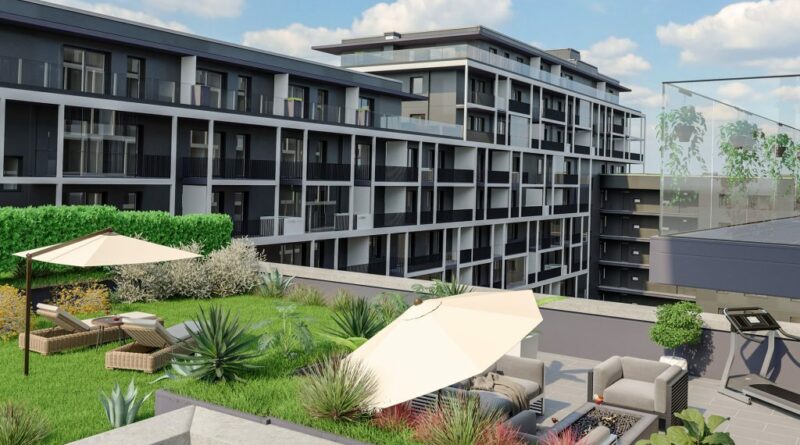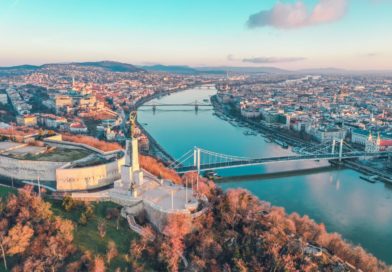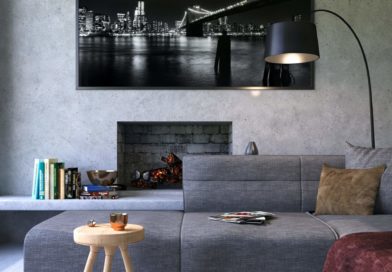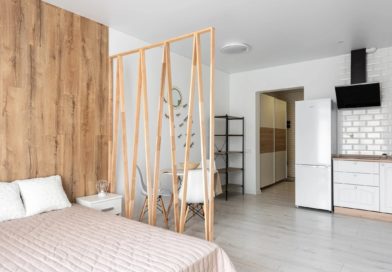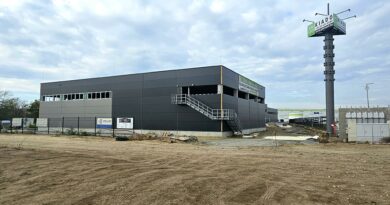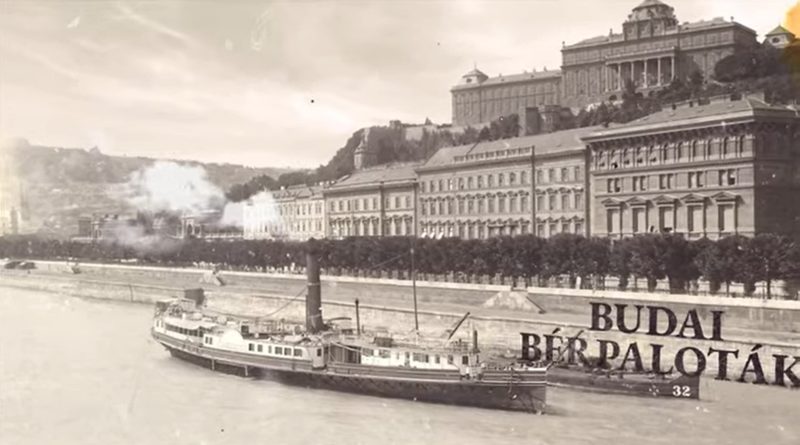Stop Sign for Retail Developments The focus of shopping center developments shifted outside of Budapest
2009 was still a strong year for retail developments in Hungary, however, to a smaller extent in Budapest and in the major regional cities and to a greater extent in small other towns. Half of the total stock has been built for the last five years and almost two third of all retail development in smaller towns for the last three – clear signal of the “plaza-boom” of recent years.
Recession hits retail hard so the massive new supply has coupled with decreasing demand. No wonder that developers react with a stop – coming two years shall mark completion levels last seen in 2005-2006 – claims the latest Hungarian Retail Market Report of CB Richard Ellis.
Modern retail stock
The current stock in Hungary is at 1.8 million sq m, including all retail developments of the last 15 years which were built either as traditional, downtown shopping centres, or as out-of-town retail parks. Although shopping centres are still in majority, retail parks increased their share from 11% in 2004 to 38% in December 2009.
Close to two million?
This year completion was 190,000 sq m which is significantly down on 2008 with 270.000 sq m. Looking forward, this decline is likely to continue – 200,000 sq m or retail space is under construction with a scheduled delivery before end 2011. The two millionth sq m of “plaza” is still one and half year to go. Most planned projects have been postponed; developers keep focus on core markets (larger cities, downtown location) which favours shopping centres, if anything. “This is a change compared to the ambitions of previous years.”-commented Gábor Borbély, Senior Analyst of CB Richard Ellis, Budapest. “In the last couple of years the story was more about strip-mall developments across the whole country, and now developers seem to take a U-turn back to the traditional SC-focused model typical in the first half of the decade.”
Budapest already in minority
Current stock in the capital reaches 835,000 sq m, while the remaining one million sq m splits equally between the groups of regional towns (i.e. towns with a population above 100,000 inhabitants each) and other towns. Development activity has been strong particularly outside of Budapest in recent years; therefore the capital’s share went down from 67% in 2004 to 46% now. Regional cities maintained share and the bulk of growth was registered in other towns, bringing their share up from below 10% in 2004 to 28% now.
Changing trends: back to the city
This year was loud due to many openings outside of Budapest: although the biggest hit was Allee shopping center in the capital, other nine other projects were completed: 90% of the 150,000 sq m development as retail parks. This trend is going to reverse now as retail park developments have basically stopped whereas shopping centre projects are (to some extent) progressing. “According to our forecast, the balance between Budapest and rest of the country is not going to alter further, nor will change the split between the two formats: shopping centres and retail parks.” – summarised Gábor Borbély.

